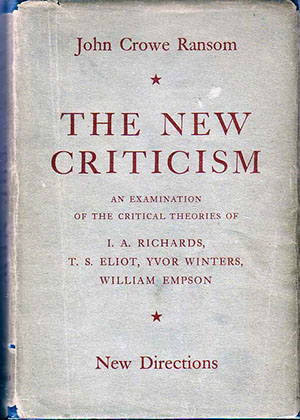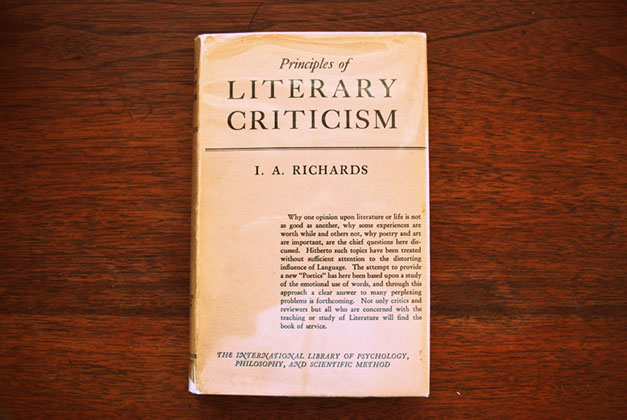"After Death"
by Christina Rossetti
A New Critical Theory Analysis
By Ashley Zizich
This site will discuss the importance of New Critical analysis and the role it takes in analyzing the poem "After Death" by Christina Rossetti. I will explain why I took a New Critical approach in analyzing the poem, and describe how to do a "Close Reading" using the elements of the poem to better analyze. I will break down the poem using several "Close Reading" approaches that helped me conclude my analysis to draw an essay of the poem "After Death".
The rise of New Criticism coincides with modern literature. New Critical theory can also be defined as Formalism as well as New Criticism. New Criticism, much like the scientific method that STEM fields are based from, and seeks to determine the function and appropriateness of the work. New Criticism attempts to be a science of literature, with a technical vocabulary, which most of us have learned in high school. By working with patterns of sound, imagery, structure, and point of view, the reader is able to determine the function of the work. New Criticism examines the relationship between the ideas of the text and the text’s form. It is based on what a text says and the way the text says it. While doing a New Critical analysis, it is important to ask yourself, “How does this piece work?” by looking for complexities in the text such as ironies, ambiguities, and paradoxes. New Criticism can also seek to find a unifying idea or theme that resolves any tensions in the piece. I will be taking a look at poetry, and while poetry is most self-consciously formal in its structure, it also lends itself more obviously to formalist types of criticism. Formalist critics are more interested in parts of the text and how they relate to one another and to the whole. These relationships seek to create meaning by unfolding and examining how the relationships work. Examples of this could be mostly found in papers likely done in high school written on symbolism of a character or on the development of a character, or the relationship between sound patterns and scene in a poem. Prior to the 1920s, literary criticism was seen from an historical angle. To understand text, critics often looked to its historical background and the history of the language used in the text. The 1920s brought forth a drastic social and political change. City life was growing abundant while farm life was on the decline. There was an influx of wealth from 1920 to 1929, bringing in an economic growth the nation had never seen that swept Americans up in consumerism.
Along with these sweeping changes, social tension became apparent as well. A Great Migration of African Americans from the South came to Northern cities which increased black culture, thus bring forth an emerging literary movement known as the Harlem Renaissance. Also, a growing anti-Communist “Red Scare” in 1919 encouraged an anti-immigrant hysteria. Historians refer to these conflicts as a “cultural Civil War”. American life was changing so rapidly, and people were beginning to question not only their own existence, but that of others as well. Literary critic Ivor Armstrong Richards published Practical Criticism in 1929, outlining an experiment that involved people reading and responding to poems without knowing who the authors were. Richards’ interest was in why people responded to these poems the way they did. It was in part to Richards’ experiment, and his teaching at Harvard that influenced a new American literary theory. The 1930s brought on a depression with more than 15 million American’s unemployed. President Hoover did not do much to alleviate the crisis, leaving people despondent. It wasn’t until Franklin Roosevelt’s election and his “New Deal” policy to help American’s amid the turmoil, did America begin to have hope for their own future and the future of the nation. In 1941, John Crow Ransom, an English professor at Kenyon College, published New Criticism. Ransom’s New Criticism became a popular method of literary analysis throughout the middle of the 20th century. American New Critics in the 1940s and 1950s attacked the standard notion of realism. The goal of literature analysis was not the pursuit of sincerity or authenticity, but instead became subtlety, unity and integrity. These properties were those of the text, not the author.

